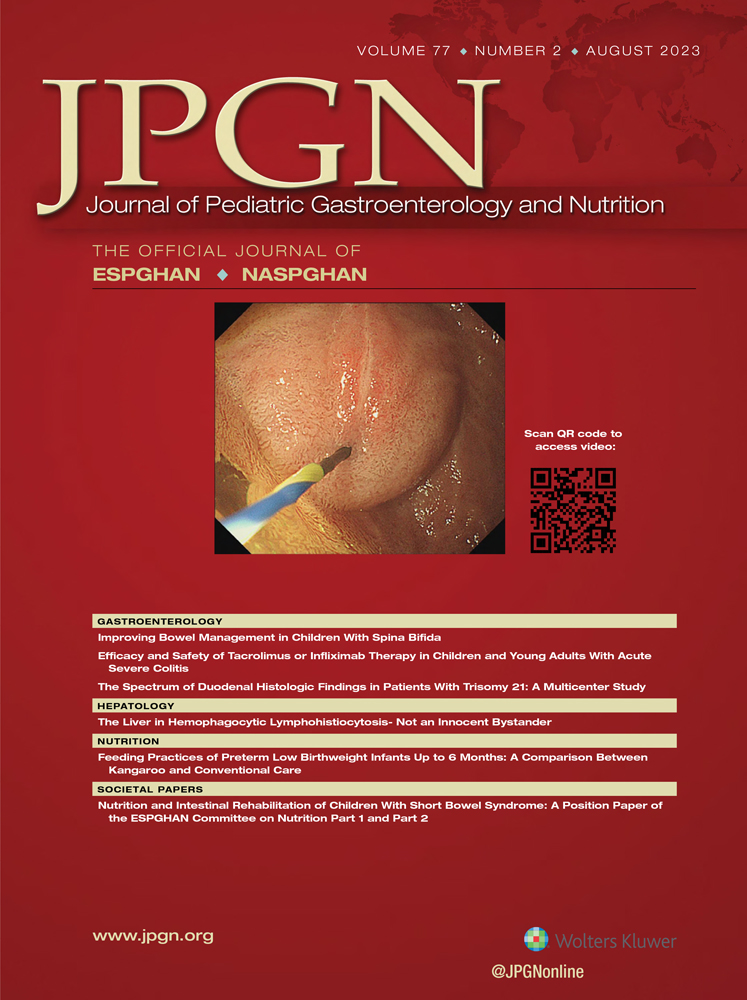Effects of Fetal Growth Restriction on Postnatal Gut Microbiota in a Rat Model
The authors report no conflicts of interest.
Supplemental digital content is available for this article. Direct URL citations appear in the printed text, and links to the digital files are provided in the HTML text of this article on the journal’s Web site (www.jpgn.org).
Abstract
Objective:
Fetal growth restriction (FGR) indicates increased risks of lifestyle-related diseases in adulthood. Previous studies showed the association between human gut dysbiosis and various diseases. However, reports examining the relationship between FGR and gut microbiota are scarce. Herein, we hypothesized that FGR may cause gut dysbiosis and analyzed the gut microbiota in a FGR rat model by restricting maternal protein intake during pregnancy.
Methods:
The FGR group was developed by feeding pregnant Sprague Dawley rats a diet containing 7% protein until birth. Control rats were fed 21% protein. Fecal samples of 2–11-week-old pups were collected weekly. DNA was extracted from each sample and subjected to polymerase chain reaction (PCR) amplification and sequencing. Additionally, short-chain fatty acids in the cecum were analyzed at 2 weeks of age, when there were differences in the occupancy of the gut microbiota.
Results:
Comparative analysis of the gut microbiota showed differences only at 2 weeks of age. Verrucomicrobia was significantly more abundant in the control group (q < 0.1), whereas pathogenic bacteria, including Enterococcus and Enterobacteriaceae, tended to increase in the FGR group. The abundance of acetic and butyric acid-producing bacteria also differed between groups. Acetic acid in the cecum was considerably decreased in the FGR group, while butyric acid was increased compared to that in the control group.
Conclusions:
Normalizing the alteration of FGR on postnatal gut microbiota may have beneficial effects for the host, since the FGR group caused gut dysbiosis.




